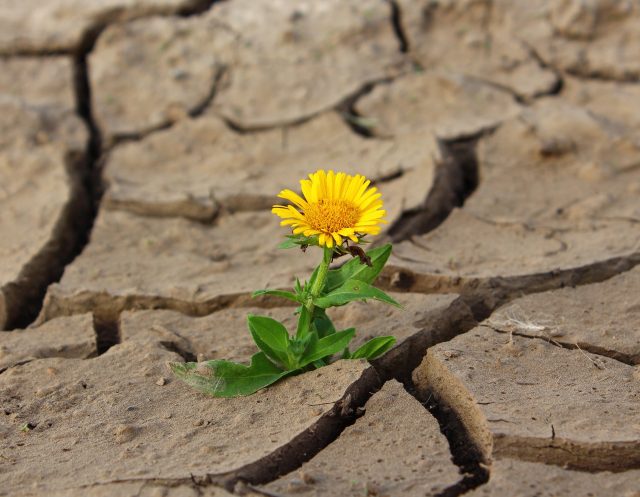
Italy, like other European countries, is facing a severe drought that threatens its agriculture and economy, a drought known to be caused by a combination of factors, including low rainfall and high temperatures.
According to the National Institute of Statistics, in 2021 the country experienced its driest spring in 60 years, with rainfall levels 60 percent below average in some regions. This had a major impact on agriculture, which accounts for about 2 percent of Italy’s GDP.
The drought particularly affected some of Italy’s major agricultural regions. For example, the Po Valley in northern Italy, known for producing crops such as wheat, corn and rice, experienced a 30 percent reduction in rainfall compared to the same period the previous year.
In addition to affecting agriculture, the drought has also had an impact on Italy’s energy sector. The country relies heavily on hydropower, but low water levels in many rivers and lakes have led to a reduction in energy production. This has forced Italy to import more energy from abroad, resulting in higher energy costs.
Today the Italian water management system is able to store and make available for irrigation uses in agriculture, but also for industrial and civic uses, just 11 percent of the water that falls on the Italian territory. A gap with other European countries that risks becoming a real thorn in the side of our food and energy supply chain.
Water conservation and water harvesting therefore appear to be priority elements, for the agricultural and other future of our country.
To cope with the emergency, the government headed by Draghi had introduced a series of “buffer” measures, such as rationing, incentives and calls for less consumption, and above all initiated the evaluation of the implementation of the “Invasi Plan presented” by Coldiretti and ANbi.
The Invasi Plan, also known as the “Piano Laghetti,” envisioned the rapid construction of 223 new invasi through the reuse of disused and abandoned quarries found throughout the country that have now become degraded areas, often open-air dumps.
The current government has decided to revamp the plan, giving further impetus to the arrangement and creation of stormwater reservoirs, setting a target of June 2023 for the construction of the first facilities and the start of the plan in its entirety.
To this end along with the enactment of the National Invasion Management Project, it has already activated a permanent technical table dedicated to the evaluation of all new projects related to water recovery and storage.
The hope is that finally the hopes and projects of the associations and operators in the sector can arrive, thanks to the attention manifested by Gov. Meloni, at a real solution regarding
FeMo



 Subscribe
Subscribe